Cold tires - good for the environment, bad for safety?
One of the new topic of the WEC sporting regulations is the ban on tyre heating for ecological reasons. On paper, the initiative is a good one, because anything that improves the planet is positive. But when you look into it a bit more, is it a good idea?
If you take a quick look at the drivers in the Sebring paddock, you won't find many of them saying that running on cold tires is a safer option, especially not the gentlemen drivers. James Calado, far from being an amateur driver, learned this the hard way yesterday on his first lap, with his Ferrari 499P ending up in the tyres at Turn 1. Earlier in the year, we had already seen drivers on tricky situations in the Asian Le Mans Series, again on cold tyres.
If IMSA has already switched to cold tires without too many problems, the WEC is switching to them this year. The drivers feared the 2022 Daytona 24 Hours with track temperatures close to zero degrees, but everything went smoothly.
Is it necessary to change mentalities? Is it dangerous? Endurance-Info investigated.
While the tires for the Hypercar prototypes take into account the possibility of starting on cold tires right from the design stage, this is not the case for the GTEs, which use last year's tires and were therefore not developed for a cold start. Michelin, the tyre partner of the competitors in both classes, was not in favour of this regulatory change this year.
With the track temperature relatively high this week in Florida, it's a far cry from what you'll find at Spa-Francorchamps at the end of April or in the middle of the night in Le Mans. The French company will shortly be taking advantage of a test session in the Belgian Ardennes to carry out various tyre tests on the GTEs in order to make comparisons. To date, no regulatory changes are planned. For example, the Nürburgring Endurance Series championship allows tires to be re-cut.
One thing is certain, the tyre manufacturer will not take the slightest risk with safety.
The proposal to ban all fossil fuels for heating tires and to leave it up to the teams to heat the tires in other ways was not accepted.
At the Bathurst 12 Hours, the teams put the tyres in the sun to gain a few degrees. Quite ingenious and without any risk for the planet. However, this system was banned in the Asian Le Mans Series for reasons of sporting equity. Not all teams had the possibility to put their tires in the sun. In any case, this does not solve the issue of the night at Le Mans or the possible low track temperature at the end of April at Spa-Francorchamps.
Black absorbs the sun's infrared rays and stores heat. That's why on a track like Sebring, the track temperature between different parts of the circuit changes. The Florida circuit uses a mix of light and black asphalt. The main problem is managing the first few laps with low tyre pressure.
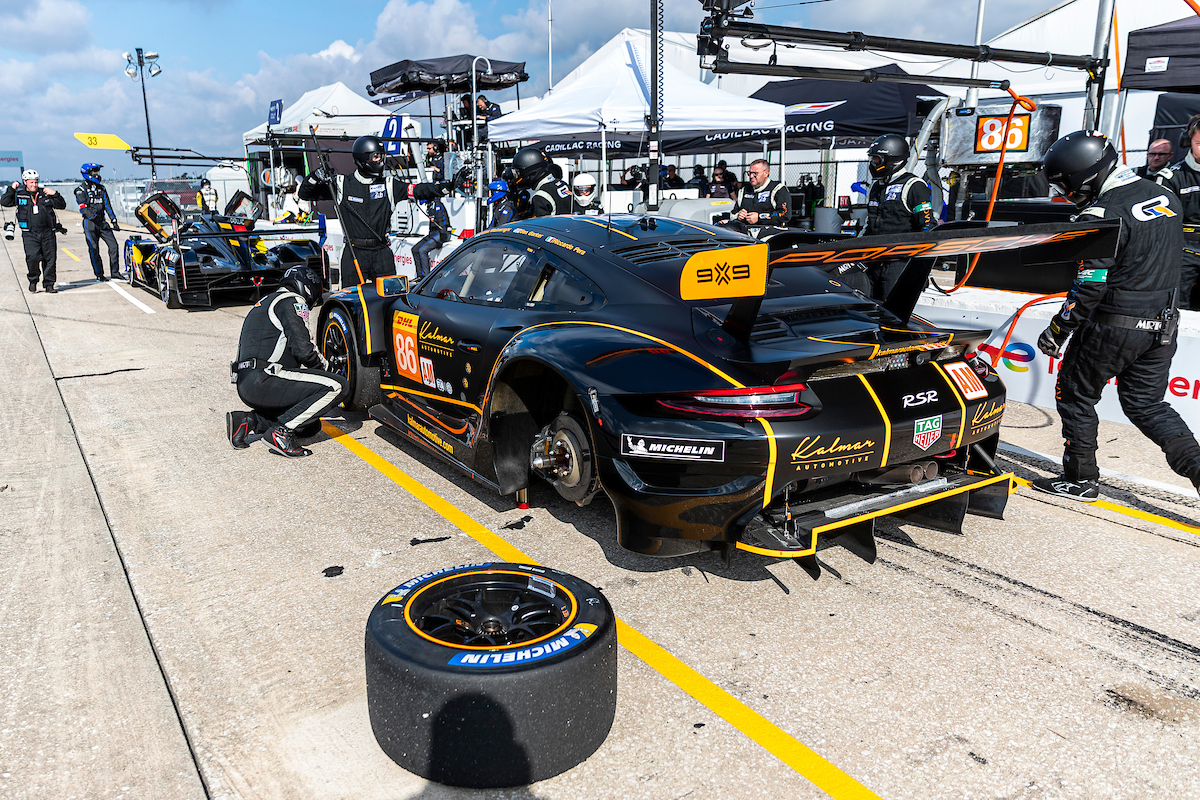
To save a few degrees on the tyres, and without polluting the planet, it could have been decided to put a used tyre, a new tyre, a used tyre and a new tyre in a pile at the end of the tyre changes. No risk to the planet. Of course, this system would not be as efficient as a warming hut. A study shows that a warming hut consumes about two litres of fuel per car per day, which is less than 80 litres per day for all WEC competitors.
At Sebring, tyres are stored in black tents which must be visible to the stewards at all times. Temperature checks are carried out by the officials at random.
This cold start is complicated for the drivers, which is why the qualifying session was extended by 5 minutes to give the drivers more time to warm up their tires. The perverse effect of this rule is that the cars will consume more fuel.
We're not going to lie, the teams tried to find some subterfuges to try to get around the rule in a legal way without any energy consumption, always with the same aim, namely to gain a few degrees.


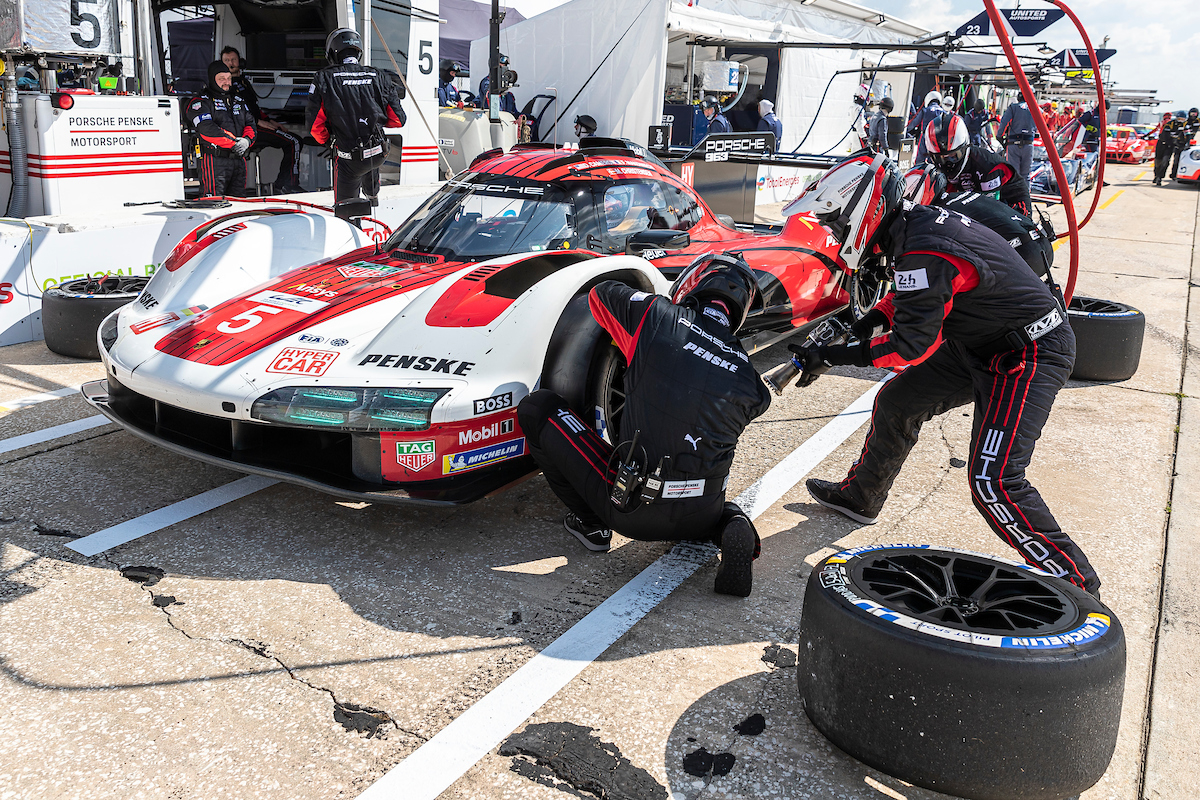
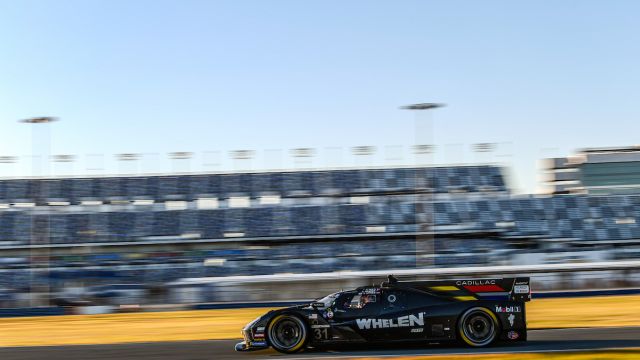
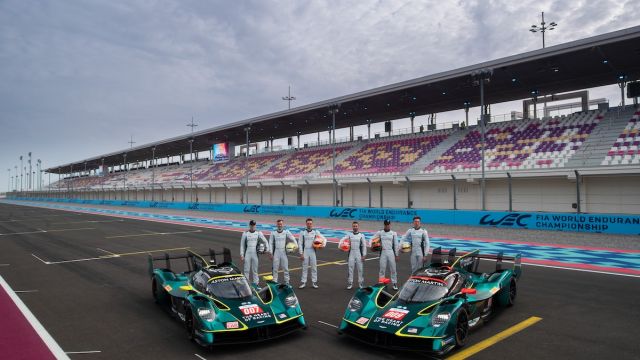
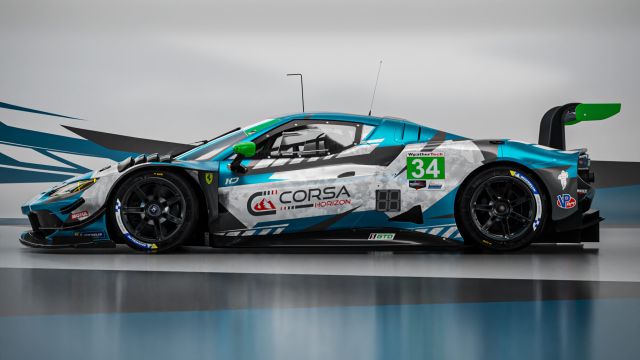
Comments
Log in to comment the article